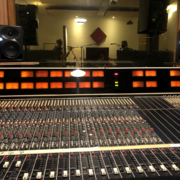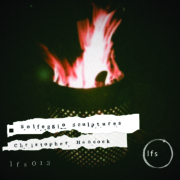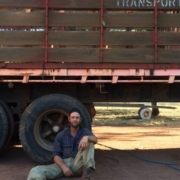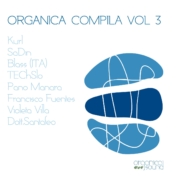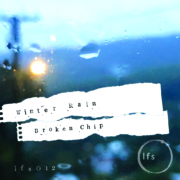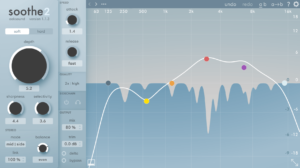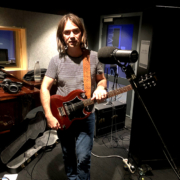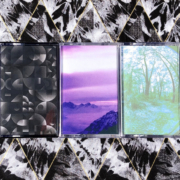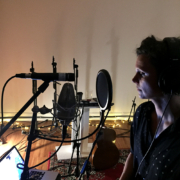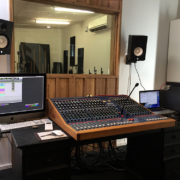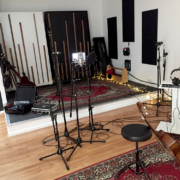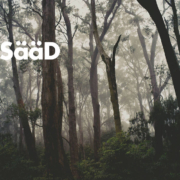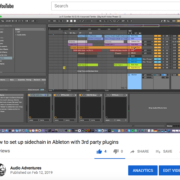Electric Korma recording session
On the 14th of July I had the pleasure of tracking a rather curious band by the title of Electric Korma at Stranded Recording Studios.
Effectively they are a red hot trio that do abstracted, rocked-out Hindi Hits / Bollywood covers. A bizarre niche, as admittedly by the front man George, but profitable, and popular amongst the affluent Australian Indian community.
The emphasis of the session was to get great drum takes, and possibly some keeper bass takes and guitar takes. But band leader George and Bass player Joey, stated at the onset that they might do overdubs after the fact at their home studios. The Input list below confirms such, the emphasis being on the drums with minimal mic’ing of other elements.
ELECTRIC KORMA – 14/7/22 INPUT LIST
- Kick In – AKG D112
- Kick Out – AKG D25
- Snare up – Shure SM57
- Snare Down – Shure SM57
- Hat – Rode TF5
- Rack –
- Floor – Sennheiser MD – 421
- OH L – Coles 4038
- OH R – Coles 4038
- Room – Gefel – Um-70
- Bass DI
- Bass Amp – M88
- GTR Amp – Shure SM57 – LP 3
- Scratch Vox 1 – Shure SM58 – LP 4
- Scratch Vox 2 – Shure SM58 – LP 5
- Scratch Vox 3 – Shure SM58 – LP 6
The band wanted to play live, and this has informed and directed the mic choice to focus on dynamic and ribbon microphones to minimise bleed between instruments.
The mic choices are fairly standard, but a few things excelled or impressed me during the session.
Firstly, I’m loving the Beyerdynamic M160 double ribbon mic on toms. They have that ribbon warmth and have great rejection past 110 degrees (according to the manufacturers) which keeps down too much cymbals or other drums getting into the mic.
Secondly, The Coles 4038 ribbon mics are such a warm lovely choice for rock drum overheads, and in this particular application, really minimise bleed from bass and guitar amps compared to condenser mic options. They also respond so nicely to a bit of a high shelf lifting those higher frequencies that aren’t so pronounced in ribbons generally.
Lastly, a bit of an AKG overkill, but the D112 and D25 made for a solid, warm thumping kick drum sound.
Below are a few pics from the session.

